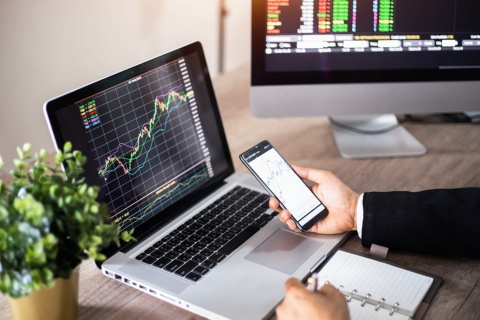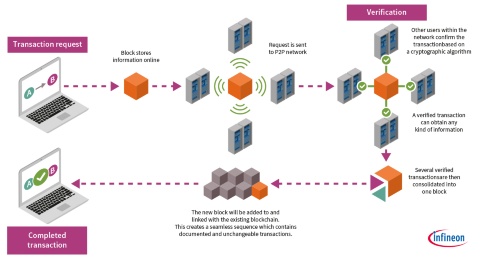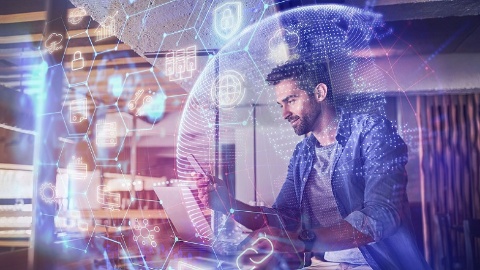Bitcoin miners solve algorithms to write new blocks in the chain. Those who first achieve this for a new block prove that they have carried out the work. They receive a defined number of Bitcoins for this proof of work.
In the initial days of mining, a notebook was sufficient to carry out the computing work. In the meantime, it takes entire server farms with special mining computers (ASICs). These are organized in increasingly larger mining pools, which runs counter to the original idea of decentralization. Because of this, alternatives were developed to secure blockchains – the most well-known is proof of stake.
With proof of stake you receive the right to a new block – and hence a reward – but no longer just through computational work. Instead, those who validate a blockchain can use cryptocurrencies. The more someone deposits in a depot, the more likely they are to be chosen to complete the work. If they do this correctly, they will be credited with a certain amount. If they attempt a fraudulent transaction, which would be quickly discovered by the other validators, they will lose their stake.










